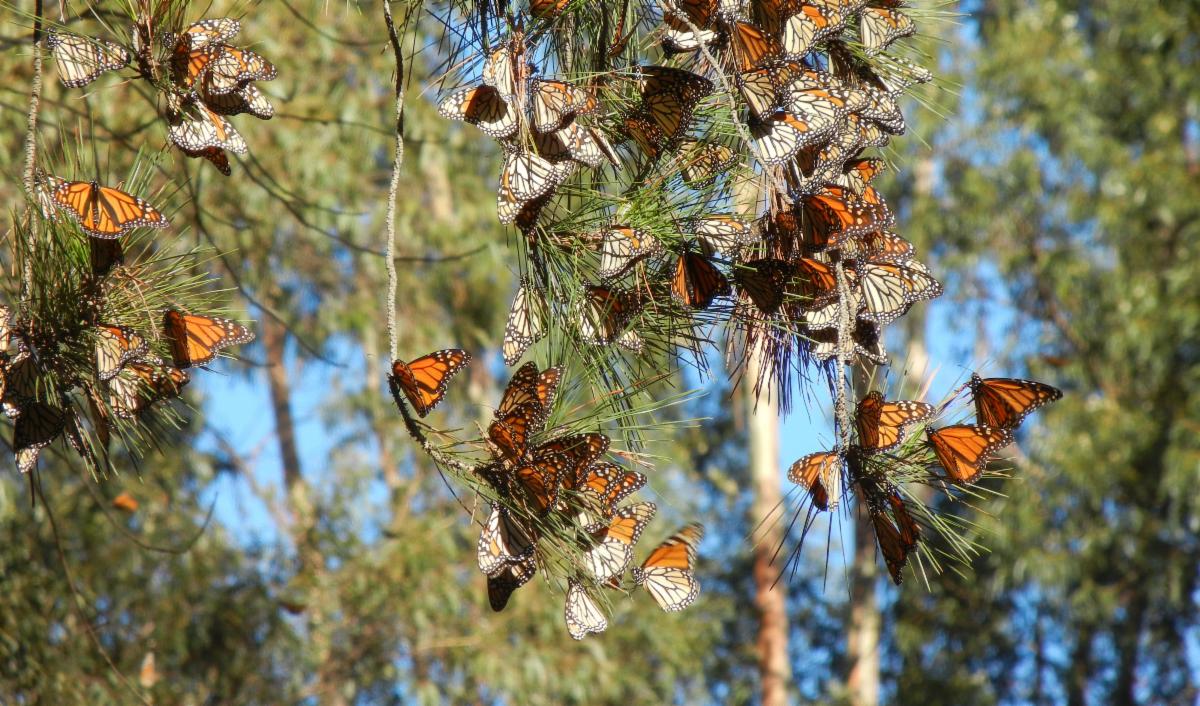TOG member Sandra Gaskill shared the following article, reprinted in the 3/4 Arizona Daily Star:
Insecticide known for killing pollinators found in Minnesota deer
By Greg Stanley
STAR TRIBUNE
MINNEAPOLIS — Powerful insecticides are turning up in deer in nearly every corner of Minnesota, raising concerns that the ubiquitous chemicals may be keeping fawns from surviving to maturity or harming deer reproduction.
Neonicotinoids, known for their devastating effects on pollinator populations across the continent, are typically applied to row crops and household lawns. But the Minnesota Department of Natural Resources recently found evidence of them inside deer in the state’s deepest and most remote forests.
The DNR tested 800 deer spleens sent in from hunters over the past two years and found buildup of neonicotinoids in 61% of them, the agency announced Monday.
The wide range of where the chemicals were found ‘was a surprise to us,’ said Dave Olfelt, director of the DNR’s Fish and Wildlife Division.
More research is needed to determine if insecticide concentrations are high enough to threaten individual deer, said Michelle Carstensen, the DNR’s wildlife health program supervisor. But early numbers show that neonicotinoid levels are at or above thresholds known to impact fawn survival, she said.
Tests to determine the exact levels found in the spleens are underway and should be finished in the next month or two, Carstensen said.
Neonicotinoids, which have been banned in Europe because the harm they cause pollinators, are the most commonly used pesticides in the Upper Midwest.
Nearly all corn and most soybean fields in Minnesota are treated with them. Most of the insecticides used on crops, between 80% and 98%, are eventually released into the wider environment. The chemicals leach into groundwater, are carried through runoff into rivers and lakes, and are lifted into the air and carried to remote regions in dust particles.





